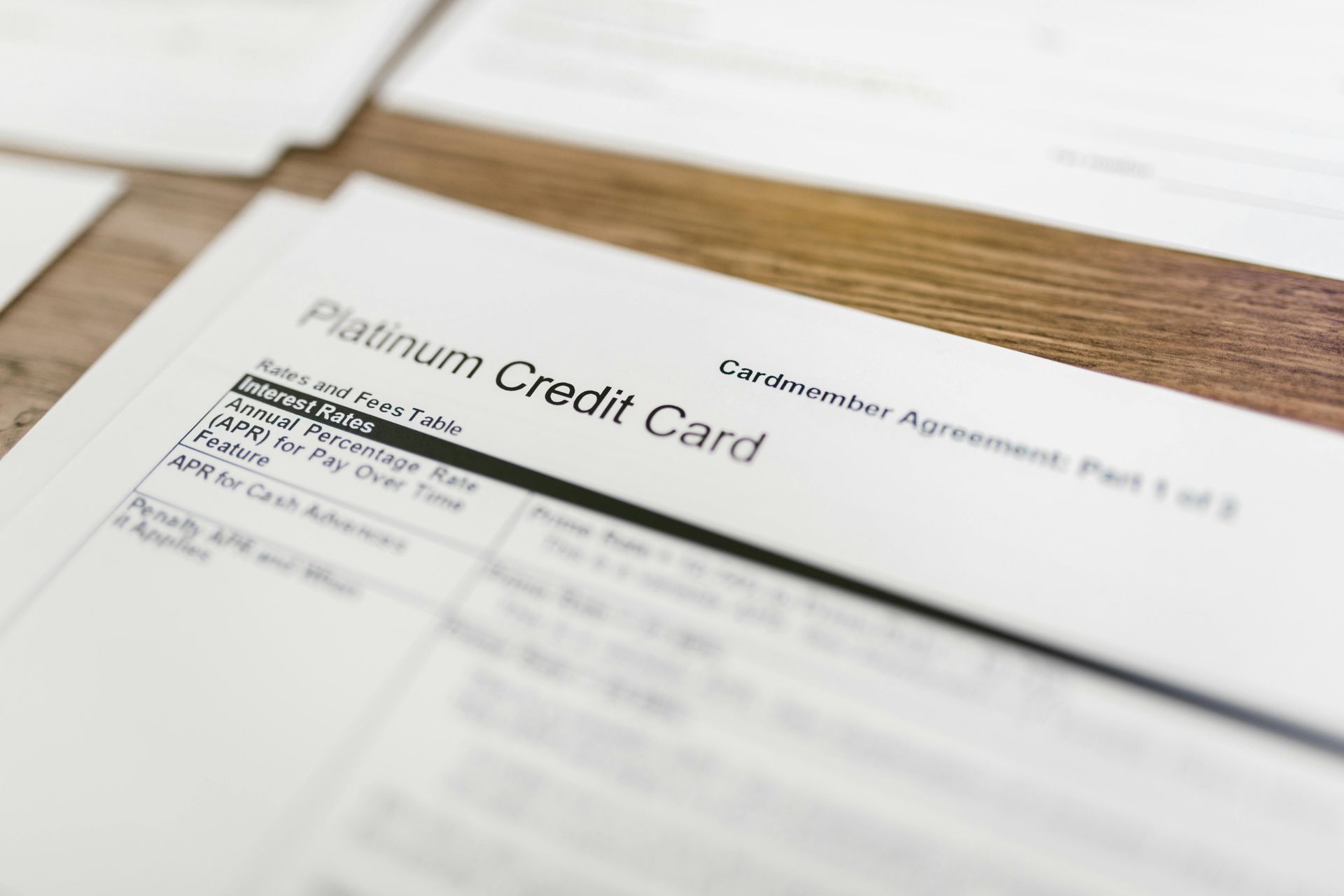Understand Prorated Rent and it's Importance
Why is prorated rent important for tenants?
If you are moving in or out of a rental property mid-month, you might wonder about prorated rent. Prorated rent is the amount you owe for the time you actually live in the property, rather than the full month's rent. This calculation ensures that both tenants and landlords are treated fairly when agreements do not align perfectly with a typical billing cycle.
Understanding how prorated rent works can save you money and avoid disputes.
When you sign a rental agreement, it usually outlines how rent should be calculated for partial months.
By knowing how to determine this amount, you can make sure that your landlord charges you the correct rate, especially if you are a tenant moving in or out on dates that vary from the standard monthly due date.
Whether you're a landlord setting fair rates or a tenant ensuring you pay only for the days you occupy the unit, knowing the ins and outs of prorated rent is essential. It empowers you to navigate your rental experience confidently and allows for smoother transactions.
Understanding Prorated Rent
Prorated rent is an important concept for renters and landlords. It helps determine the fair amount to pay when moving in or out of a rental property. Knowing how it works can save you money and ensure clarity in agreements.
Definition and Principles
Prorated rent refers to the calculation of rent for a partial month. This situation arises when you move in or out of a rental property on a date other than the first or last day of the month.
To calculate prorated rent, divide the total monthly rent by the number of days in that month to find the daily rent. Then, multiply that daily rate by the number of days you will stay.
For example, if your monthly rent is $1,500 and you move in on the 15th of a 30-day month, you would use the formula:
- Daily Rent: $1,500 / 30 = $50 per day.
- Days Staying: 30 days - 15 days = 15 days.
- Prorated Rent: $50 x 15 = $750.
Common Scenarios for Prorating Rent
Prorating rent commonly occurs in two key scenarios: moving in and moving out.
When you move in, your landlord calculates the rent based on your move-in date. If you move in on the 22nd of a month, you only pay for the days you occupy.
When you move out, a similar calculation applies. Your landlord will prorate your rent based on your move-out date. For instance, if you leave on the 10th, you will only pay for the days lived that month.
Additionally, discuss these calculations upfront to avoid confusion. Make sure to get agreements in writing, so both you and your landlord understand the terms.
How to Calculate Prorated Rent
Calculating prorated rent is essential when a tenant moves in or out before the month ends. This process ensures that you only pay for the days stayed in the rental property. There are different methods to determine the prorated amount, and each has its specifics.
Different Methods of Calculation
When you calculate prorated rent, you have a few methods to consider. The most common methods include calculating based on days in the month, using a banker’s month, or relying on a rent calculator. Each method fits different circumstances, like lease agreements that specify how to handle partial months.
Knowing which method to use helps you accurately determine the rent owed.
You’ll want to consider factors like the monthly lease amount and the total days in the month, as these will influence your final prorated amount.
Calculating Based on Days in the Month
This method involves finding the daily rental rate. Start with your monthly rent. Divide that amount by the total days in the month. For example, if your rent is $900 and the month has 30 days, your daily rate is:
$900 ÷ 30 = $30 per day.
Next, calculate how many days you occupied the property. If you stayed for 10 days, multiply the daily rate by the days of occupancy:
$30 × 10 = $300.
This gives you the prorated rent for those 10 days. This method is straightforward and ideal for most rental situations.
Calculating Based on a Banker’s Month
A banker’s month typically consists of 30 days, regardless of the actual number of days in a month. This approach simplifies calculations and is often used in financial contexts.
To calculate using this method, you would again determine your daily rental rate but divide your monthly rent by 30. For instance, if your rent is $900:
$900 ÷ 30 = $30 per day.
If you occupied the rental for 15 days in this banker’s month, your prorated rent would be:
$30 × 15 = $450.
Using this method helps if your lease agreement specifies a banker’s month or if you prefer a consistent approach across all months.
Using a Prorated Rent Calculator
A prorated rent calculator simplifies the entire process by doing the math for you. You typically need to input your monthly rent, the move-in or move-out date, and sometimes the total days in the month.
For instance, you enter your monthly rent amount, say $800, and the number of days you're occupying. The calculator will determine the daily rental rate and provide the prorated amount quickly.
Many online resources, like this calculator, allow you to input specific dates to get precise results. This method saves time and ensures accurate calculations, making it helpful for landlords and tenants alike.
Legal and Contractual Considerations
When dealing with prorated rent, it is crucial to understand how it fits into rental agreements and the rights of both landlords and tenants. Clear agreements can prevent misunderstandings and disputes over payment amounts and due dates.
Inclusion in Rental/Lease Agreements
Prorated rent should be explicitly stated in your rental or lease agreement. This ensures both parties understand when and how the rent amount will be adjusted.
For example, if a tenant moves in midway through the month, the agreement should specify the formula used to calculate the prorated amount.
A common method is dividing the monthly rent by the number of days in the month. Then, multiply that daily rate by the number of days the tenant will occupy the property. Make sure this calculation is clear to avoid future disputes.
Details regarding prorated rent should also outline conditions like security deposits or advance rent. This clarity helps both you and the landlord know what to expect.
Landlord and Tenant Rights
Understanding your rights is essential when it comes to prorated rent. As a tenant, you have the right to fair billing based on the time you occupy the property.
This right is supported by laws in most regions, including those specified by housing authorities.
Landlords must also adhere to these regulations. They cannot impose arbitrary charges without justification. You should be aware of your rights to raise concerns if the prorated amount does not align with the agreement.
Both parties should maintain clear records of all payments and agreements, including any adjustments for prorated rent. This openness fosters trust and accountability, allowing you to address issues proactively.
Best Practices for Landlords and Tenants
Successful management of prorated rent can enhance the rental experience for both landlords and tenants. Clear communication and effective tools can prevent misunderstandings and ensure a smooth transition for mid-month move-ins or move-outs.
Communicating About Prorated Rent
Clear communication is vital when discussing prorated rent. As a landlord, you should explain how prorated amounts are calculated for both move-ins and move-outs.
Provide detailed calculations in writing so tenants understand their rental obligations.
For tenants, it’s important to ask for clarification if anything is unclear. If you have a mid-month move-in, request a detailed breakdown of your prorated rent. This creates a clear record and reduces the chance of disputes later on.
Always keep lines of communication open. Regularly check in with each other regarding any concerns related to prorated rent and address these promptly.
Maintaining Transparency and Trust
Building trust is essential in any rental business relationship. Be transparent about how prorated rents are determined.
Use a simple formula: (Monthly Rent ÷ Days in Month) x Days Occupied. This helps both parties understand what is owed.
Landlords should offer written agreements that specify prorated terms at the start of the lease. This reduces confusion and sets expectations for the tenant.
For tenants, keep all rental payment records and communications. If there are discrepancies in the prorated rent, having a complete record aids in finding solutions quickly. Establishing a trusting environment enhances the rental experience for everyone involved.
Utilizing Property Management Software
Property management software can simplify the process of calculating and collecting prorated rent. Many tools offer features that automatically calculate prorated move-in and move-out amounts based on tenant-specific data.
Using this software, landlords can track payments and communicate with tenants efficiently. It can send reminders for upcoming payments, minimizing late fees and improving cash flow.
Tenants can benefit as well by accessing their payment history and any prorated amounts due easily. Property management software promotes transparency and can enhance the overall rental experience for both parties.
More about Coastline Equity
Property Management Services
 Learn More
Learn MoreOur team will handle all your property needs, offering specialized services such as in-depth inspections, liability management, staff recruitment and training, and round-the-clock maintenance—expert support tailored to the unique requirements of your real estate assets.
About Us
 Learn More
Learn MoreOur dedicated team transforms property management challenges into opportunities. From tenant management to streamlined rent collection and proactive maintenance.
Property Management Excellence
 Learn More
Learn MoreAs a contributing author for Forbes, Anthony A. Luna brings a wealth of expertise and knowledge in the property management industry, real estate sector, and entrepreneurship, providing insights and thought-provoking analysis on a range of topics including property management, industry innovation, and leadership.
Anthony has established himself as a leading voice in the business community. Through his contributions to Forbes, Anthony is set to publish his first book, "Property Management Excellence" in April 2025 with Forbes Books.
Insights
 Learn More
Learn MoreLearn more about Coastline Equity's property management practices & processes and how we support our clients with education and a growth mindset.
Coastline Equity Property Management is your partner as you continue to learn and grow.
News & Updates
Property Management Made Easy
Los Angeles
1411 W. 190th St.,
Suite 225
Los Angeles, CA 90248
Temecula
41743 Enterprise Circle N.,
Suite 207
Temecula, CA 92590
P.O. BOX #1489
TORRANCE, CA 90505






